Butter can be even more delicious than it already is. While that may be a shocking claim, it's most definitely true. Many new cooks and even seasoned chefs don't realize this, but the few minutes it takes to do these things will pay you back exponentially when it comes to that buttery taste.
What am I talking about?
Making brown butter, aka "browned butter" or beurre noisette. The latter literally translates as "hazelnut butter," referring to the dark, golden-brown color and rich, nutty taste of the butter once it's been cooked over heat.
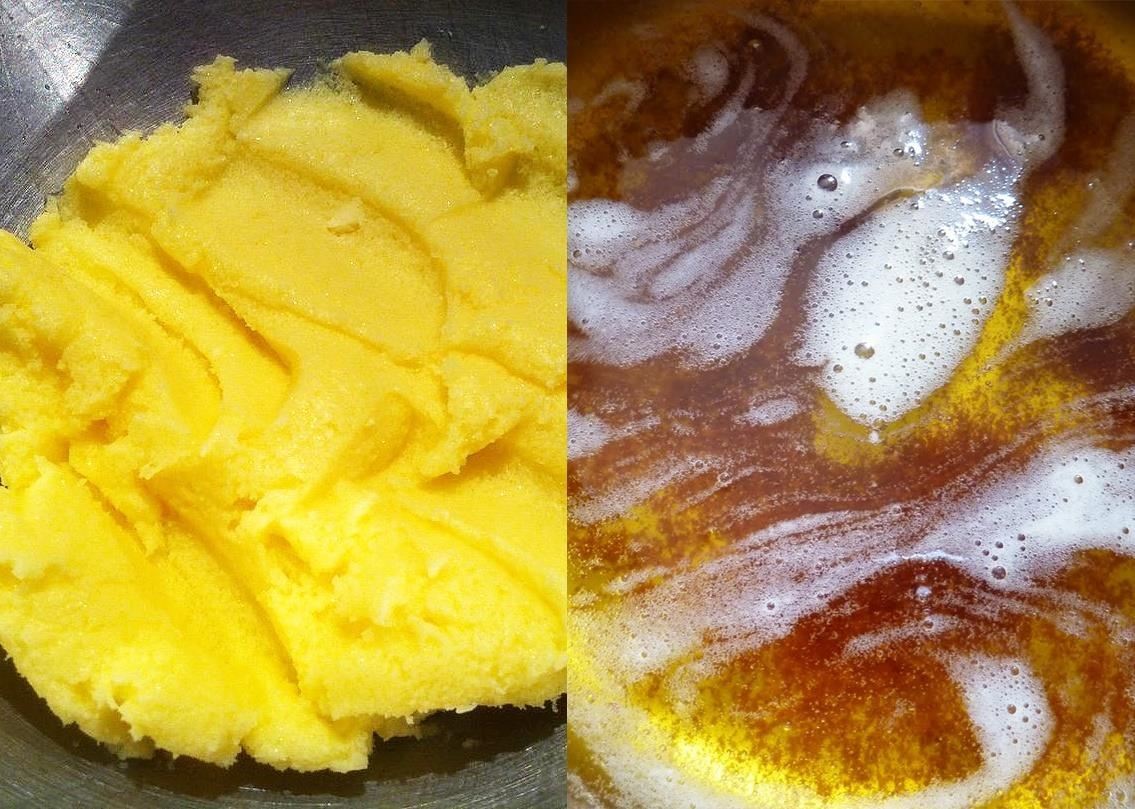
Brown Butter = Intensified & Transformed Butter
Butter is about 80% fat and 20% milk solids and water. When you cook it over heat for several minutes, some of the moisture evaporates. Meanwhile, the sugars in the milk solids begin to caramelize and the milk solids themselves undergo the Maillard reaction and turn brown and flavorful.
If it gets too dark, don't worry: you've just made beurre noir, a different kind of butter that is often flavored with lemon juice or vinegar and used as a sauce on fish and other meats.

Warning: once you've made brown butter, you may go on a binge. Suddenly, regular ol' melted butter will pale when compared to the complex and depth of beurre noisette. Brown butter makes savory dishes better and turns everyday desserts into something gourmet.
Try making pasta with browned butter and sage, add a dollop of brown butter to a steak, or make browned butter chocolate chip cookies and you'll see what I mean.

You Can Make It on the Stovetop
I love the stovetop method because it smells so good and takes almost no time at all. Put one cup of butter, preferably unsalted, into a good saucepan. I prefer stainless steel or All-Clad, just because a cast-iron skillet makes it slightly more difficult to discern the color of the cooking butter, which is key to telling when it's done.
Heat the butter over a medium flame until it's boiling/foaming. Stir or whisk often to make sure it cooks evenly. Small bits of milk solid will sink to the bottom and start to sizzle and turn dark brown.
The butter will start to turn golden-brown after about five minutes, depending on your stove. You can also go by smell: once the butter starts to smell rich, nutty, and fragrant, turn the heat off and transfer the butter to a heatproof container so it won't continue to cook.

Brown butter is a fat (duh), so once it's cool, you can store it in the fridge indefinitely, the same as you would regular butter. Since there's less moisture in it now, it might actually keep for a little longer than regular butter.
Once you've mastered brown butter, you can move on to make brown butter with herbs, like this yummy browned sage butter from The Joy of Cooking.

You Can Also Make It in the Microwave
Christina Tosi, pastry chef of Momofuku Milk Bar and creator of the infamous crack pie, says it's a-okay to brown butter in the microwave if you're in a hurry.
You just put the quantity of butter you want to brown in a microwave-safe bowl, and nuke it for 3 to 5 minutes, depending on how much butter you're browning. Tosi says to let the butter get really dark brown so it's super-fragrant and flavorful.

I personally would recommend covering the bowl with a paper towel to prevent splatters and nuking it for a couple of minutes, stopping to stir, and nuking it again just to be sure it cooks evenly. Why take the chance of ruining a big batch of butter?
Next Level Brown Butter: Use Milk Powder
Ideas in Food engaged in a dialogue with pastry chef and culinary instructor Cory Barrett about how to get brown butter to yield more of those crumbly, rich-tasting cooked milk solids to play around with in recipes.
The solution? Add about ¼ cup of powdered skim milk to about one pound of butter as it browns. Strain out the brown bits to use in desserts or as a garnish on all kinds of dishes. You can also pour a little butter back onto the solids so they can soak up more buttery flavor overnight.
You can watch this video from ChefSteps to get a better idea of how it works and get the full recipe, too.
Want to learn other neat tricks you can do with butter? Learn how to make your own spreadable butter (with or without herbs); spread rock-hard butter on toast without tearing the bread; and churn butter into cream at home with no special tools.
Just updated your iPhone? You'll find new emoji, enhanced security, podcast transcripts, Apple Cash virtual numbers, and other useful features. There are even new additions hidden within Safari. Find out what's new and changed on your iPhone with the iOS 17.4 update.










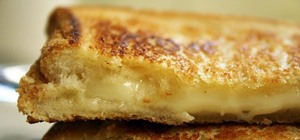
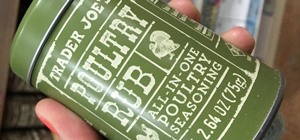
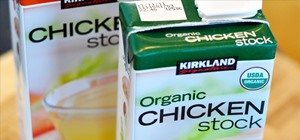
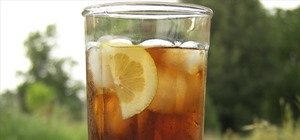
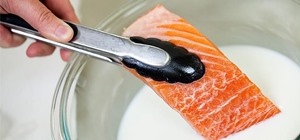
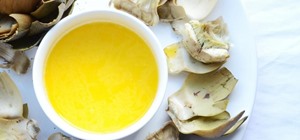

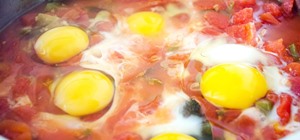





Be the First to Comment
Share Your Thoughts